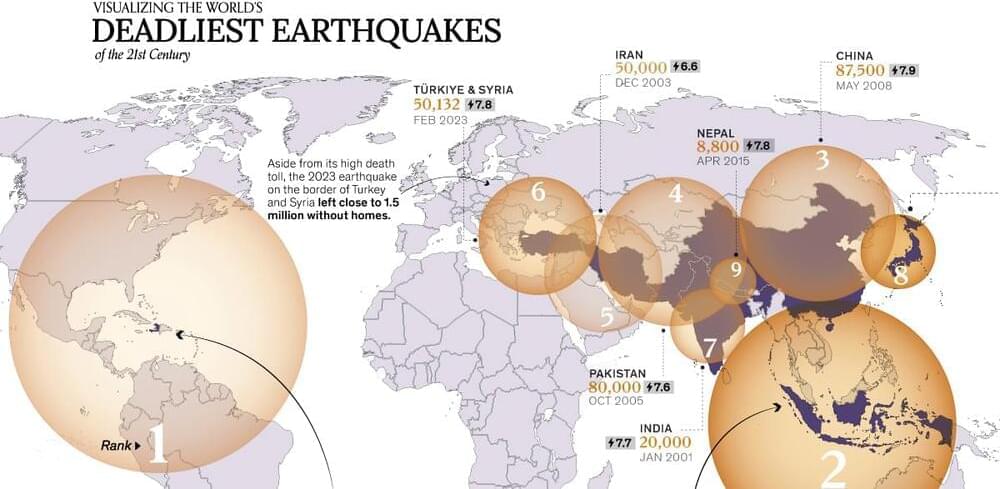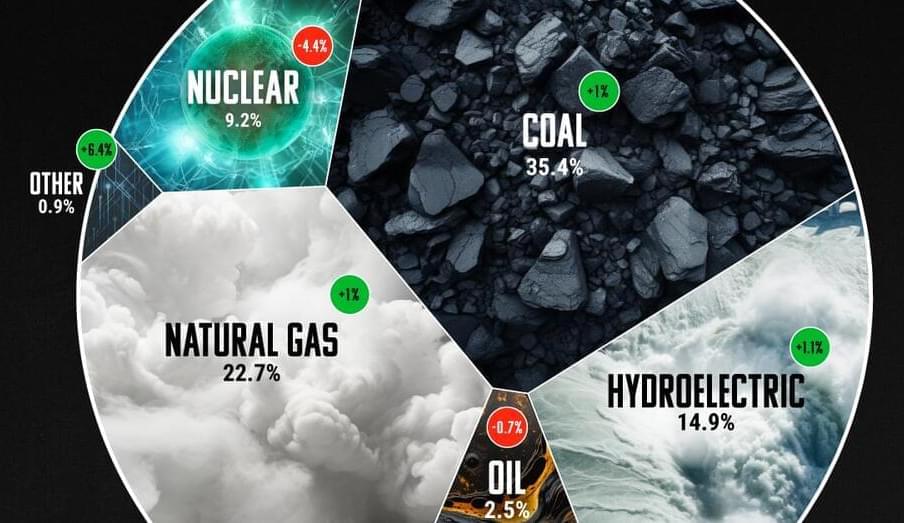Welcome to the AI Revolution! In this eye-opening whiteboard animation, we dive into the rapidly changing world of work shaped by artificial intelligence. Discover how AI is transforming industries, the new opportunities being created, and the challenges we must overcome. Learn the importance of upskilling, reskilling, and nurturing human skills to stay ahead in the age of automation. Don’t miss this chance to prepare for the future and thrive in the AI-driven workplace. Subscribe for more insights on the cutting edge of technology and the future of work!
Aifyit, aify it.
Artificial Intelligence.
Future of Work.
AI and Jobs.
Job Displacement.
Upskilling.
Reskilling.
Soft Skills.
AI Automation.
AI in Industries.
Lifelong Learning







